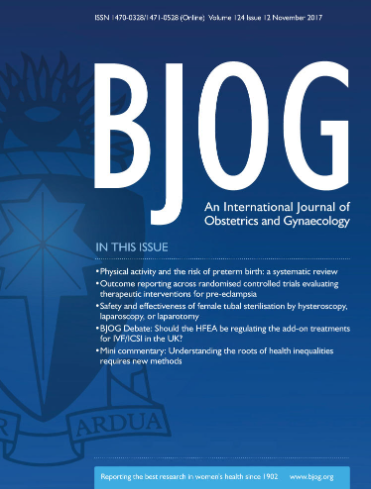Associations of Metabolic Syndrome and Insulin Resistance With Attenuated Executive Function Post-Preeclampsia: A Nested Case–Control Study
Abstract
Objective
Preeclampsia contributes to maternal cognitive problems, particularly involving executive functions. These higher-order cognitive functions—including working memory, organisation of materials, and task focus—are essential for adaptive, purposeful, and goal-directed behaviour. Similar cognitive problems are observed in metabolic syndrome and insulin resistance. This study investigates whether these conditions are also associated with executive function after preeclampsia.
Design
Nested case–control study.
Setting
Maastricht University Medical Centre+, a tertiary care hospital.
Population
Women 0.5 to 30 years after preeclampsia.
Methods
The Behaviour Rating Inventory of Executive Function for Adults provided a measure of executive function performance. The National Cholesterol Education Program Adult Treatment Panel III defined metabolic syndrome. The Homeostatic Model Assessment for Insulin Resistance (HOMA-IR) quantified insulin resistance. Participants were matched on age, postpartum time, and educational attainment. Associations of attenuated executive function with metabolic syndrome, its constituents, and insulin resistance were examined with conditional logistic regression.
Main Outcome Measures
Odds ratios and population attributable fractions for the associations of attenuated executive function with metabolic syndrome, its constituents, and insulin resistance.
Results
In 155 matched pairs, attenuated executive function was associated with metabolic syndrome (odds ratio 4.20 (95% confidence interval 1.58–11.14)), hyperglycaemia (2.96 (1.13–7.79)), and obesity (3.86 (2.00–7.47)). Attenuated executive function related to HOMA-IR (7.26 (3.75–14.07)), and was 13% (6%–20%) attributable to metabolic syndrome and 56% (49%–67%) to insulin resistance.
Conclusions
Metabolic syndrome and insulin resistance are associated with attenuated executive function after preeclampsia. Our findings provide leads for future studies focused on improving post-preeclamptic cognitive performance.





 求助内容:
求助内容: 应助结果提醒方式:
应助结果提醒方式:


